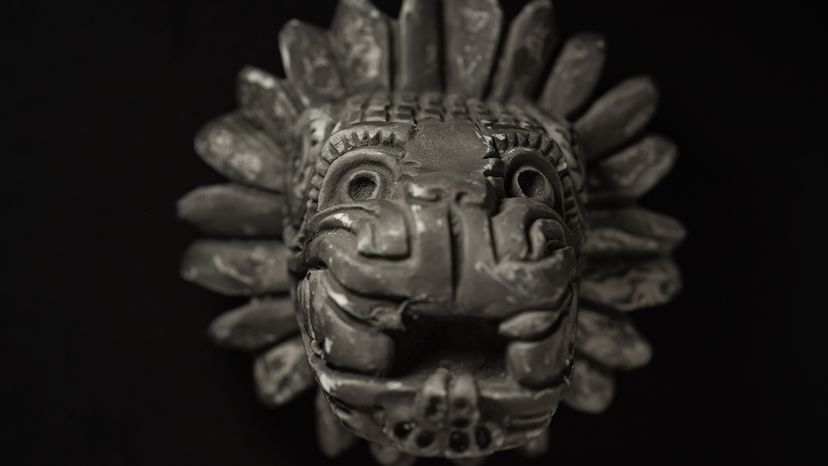Feathered serpents figure prominently in the religious beliefs and cultural practices of ancient Mesoamerican societies.
Throughout ancient Mexico, ceremonies dedicated to Quetzalcoatl took place according to the Aztec ritual calendar. People adorned ceremonial artifacts with serpent motifs and painted elaborate murals in his temples to depict the serpent rising in celestial splendor.
Tenochtitlan, a pre-Columbian city that may have been the largest in the Americas at its peak, was the capital of the Aztec empire and the site of the Templo Mayor, a temple dedicated to Quetzalcoatl, in addition to Tlaloc, the rain god, and Huitzilopochtli, the god of sun and war.
Modern-day Mexico City now stands where the Aztec capital once did, with the historic city center over what was formerly the temple.
Originally built around 1325, the Templo Mayor was a focal point of human sacrifice as well as other rituals and activities of religious devotion. According to the Aztec ritual calendar, a human sacrifice was necessary multiple times throughout the year, such as by decapitation or removal of the person's heart, to appease the gods and ensure the empire's continued prosperity.
